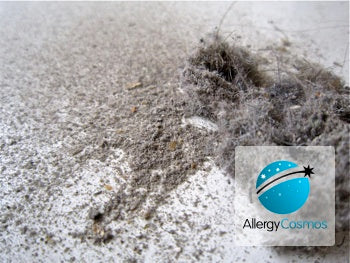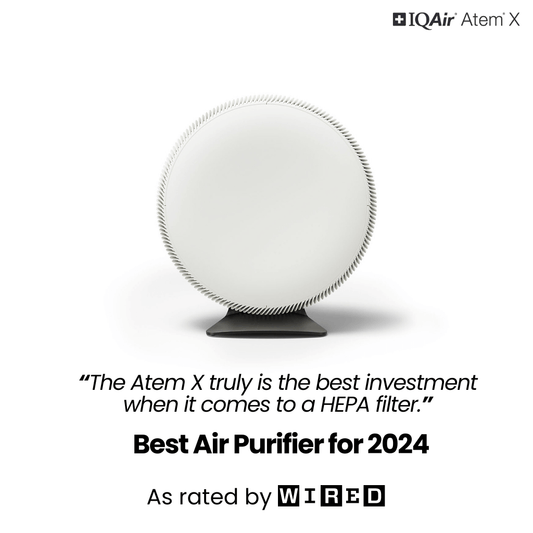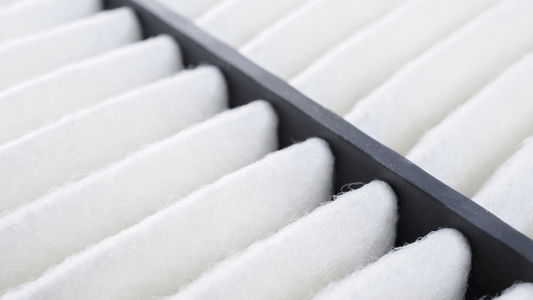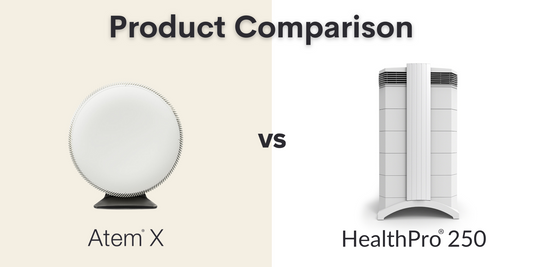However house proud you are, it is not easy to eliminate indoor dust and many people develop a dust allergy. Dust is an inevitable by-product of living in your home. You shed skin and hair all the time, you bring in soil particles on your shoes, pollen on your clothes. There’s a constant influx too, of particles and gas pollution from outside, especially from traffic fumes through open windows, or any cracks, gaps or holes in the walls or roof. Lighter particles in dust float in the air, heavier ones settle onto your furniture and into carpets and other soft furnishings. Settled dust is easily stirred up by movement and activity. If you could visualise house dust, you would see a constantly-changing situation - and one that you need to manage if you have a dust allergy. A common component in house dust are the five common allergens.
Pet Dander. The sweat and saliva of dogs, cats and other pets contain a lightweight allergen that is very readily stirred up into the air. It may settle after a few hours but, being so light, it easily becomes airborne again. Horses also produce a potent pet allergen. Of course, you wouldn’t keep a horse indoors! The problem is that you carry the horse allergen indoors on your clothes and hair when you have been riding. Small mammals like mice and guinea pigs - so popular with children - have allergens in their urine which can become airborne in dust. Reptiles like lizards carry allergens which are released in tiny skin particles that float in the air. Click here for more advice on pet dander.
House dust mite. The house dust mite is a tiny spider-like creature that gets its name from its favourite home - your house dust. It is the droppings of house dust mite that contain the allergen, one of the most intensively studied because it is behind so many cases of asthma and allergies. The house dust mite allergen is heavier than that from animal dander so it tends to occur in settled dust rather than the airborne kind. It’ll be in your bedding, your carpet, cushions, soft toys - and it is persistent, remaining long after the mites themselves have been killed.
Mould. Where there’s damp, mould will grow. Did you know that, even though you can’t see them, mould spores (their ‘seeds’, if you like) are a major component of dust? In Britain, the record is over 160,000 mould spores per cubic metre of air (that’s compared to a record of 2,800 pollen grains per cubic metre). Mould might be growing in only one location in your house - under the shower head, for instance - but the spores can travel all over.
Cockroach allergen. Not a nice prospect, but I suspect that cockroaches (often thought to be a problem mainly in the United States) will become more common here as a result of climate change. They tend to favour warmer weather and are unlikely to survive the winter. Cockroach allergen is found in the skin, saliva and droppings of these insects. A recent report underlines the importance of cockroach allergen for city kids with asthma.
Volatile Organic Compounds. Formaldehyde, acetone, and other volatile small molecules are emitted from paints, glues and other DIY products, while gases like carbon monoxide are produced by cooking with gas and smoking. They can be adsorbed onto dust particles and are a particular problem for people with Multiple Chemical Sensitivity (MCS).
What’s the best way of tackling allergen-bearing indoor dust? Never use a feather duster as this just stirs up the dust and releases it into the air. Go for a dust-attracting electrostatic cloth, or a dampened duster, to which the dust will actually stick. Similarly, vacuum carpets, rather than sweeping them. In fact, vacuuming a carpet with a good machine (i.e. an allergy vacuum cleaner with a leakage-free HEPA filter) is as good as replacing it with a hardwood surface.
When it comes to dealing with airborne dust, a good quality air purifier will reduce the particle levels enough to relieve allergy symptoms. A good air purifier can capture pet allergen particles as well as house dust mite allergen, fungal, traffic pollution and mould spores. For Volatile Organic Compounds, the IQAir GC VOC and the IQAir GC MultiGas cleans the air of the largest spectrum of chemical pollution such as formaldehyde and other gaseous irritants.
For the best products to control dust in your home, visit our Dust Mite Relief Products Page.




